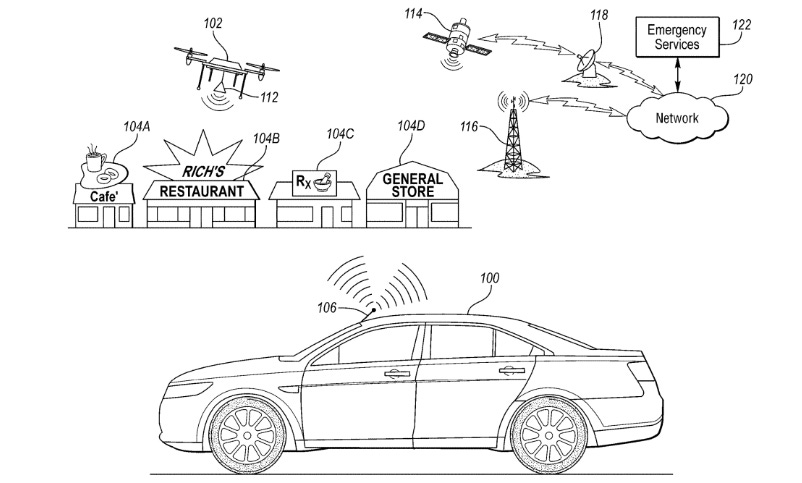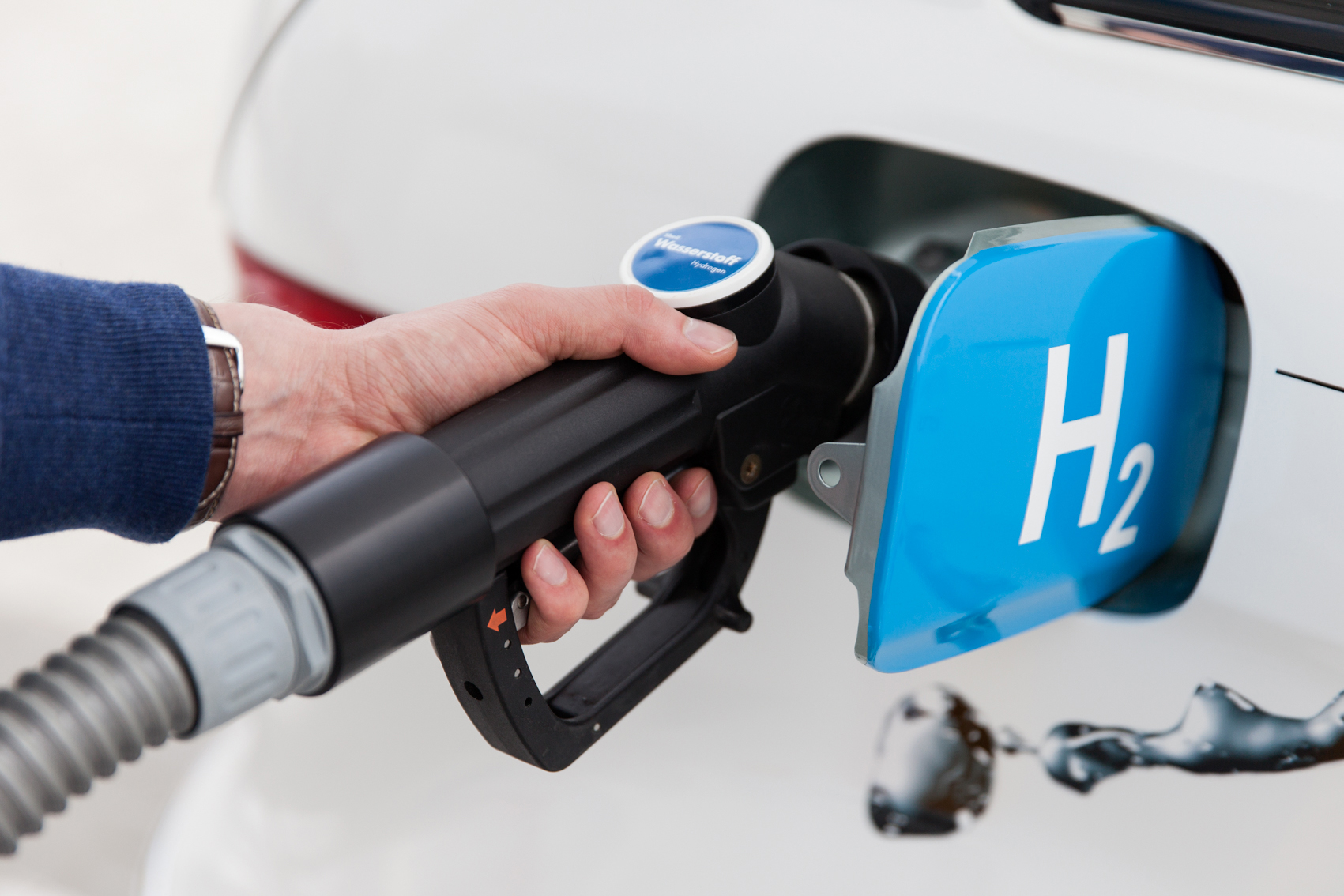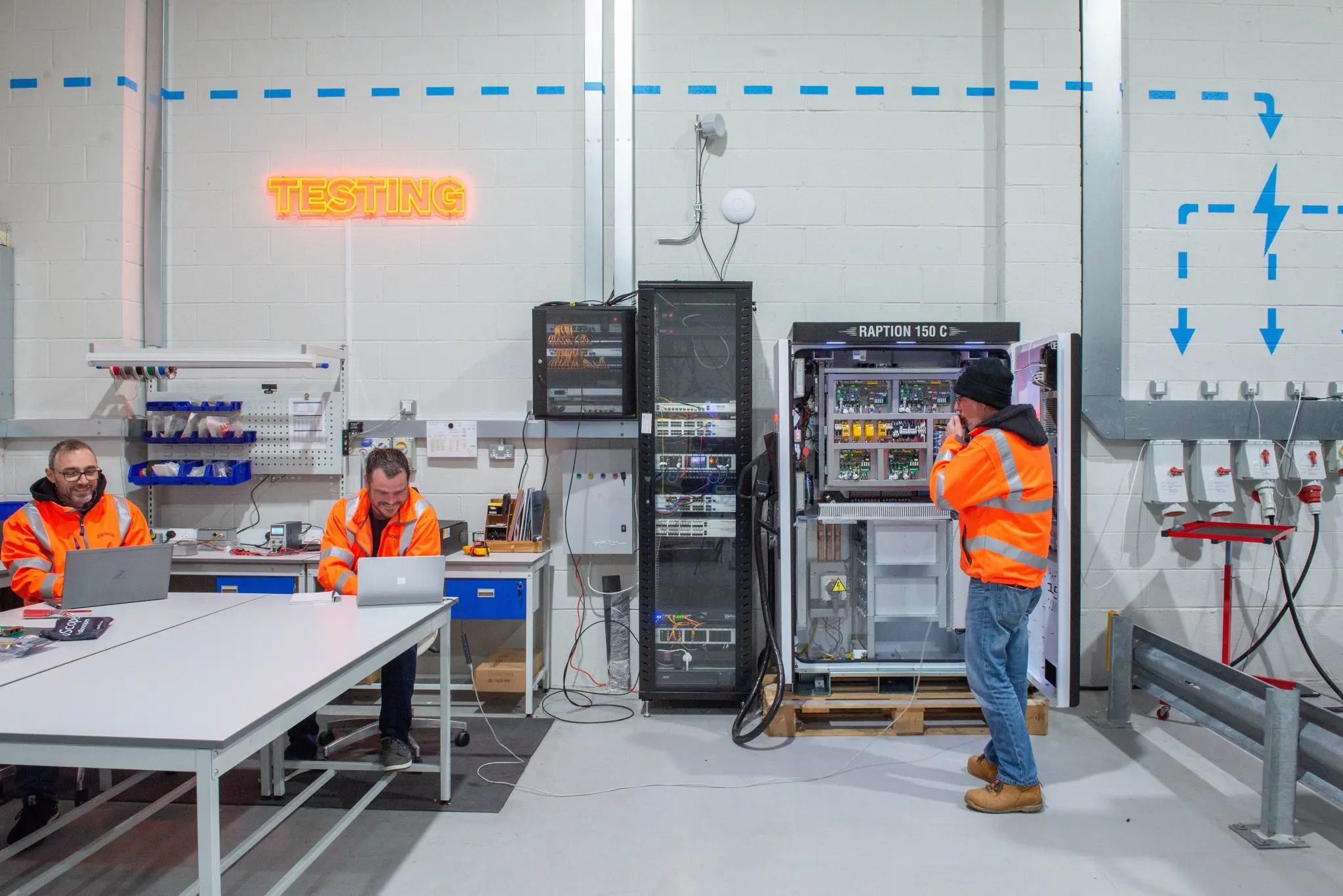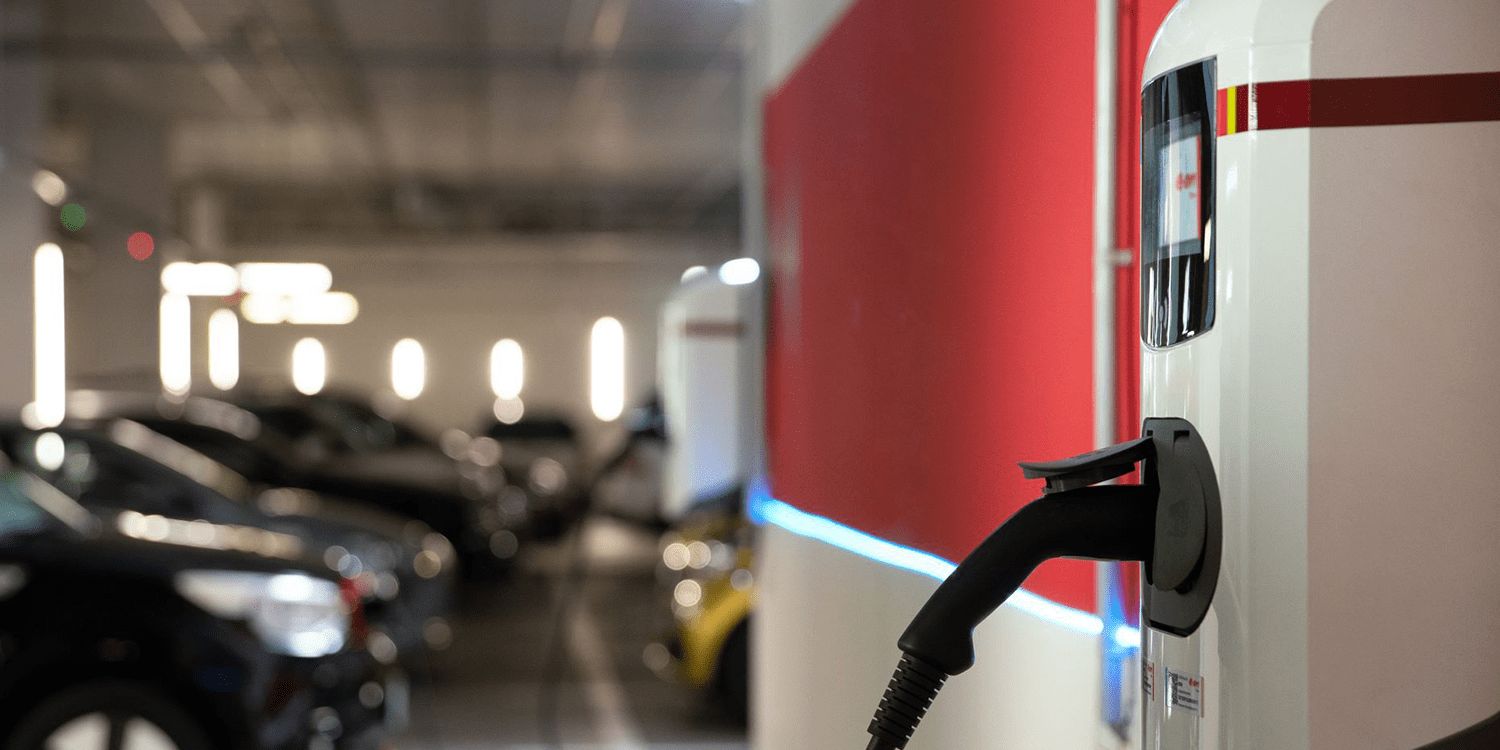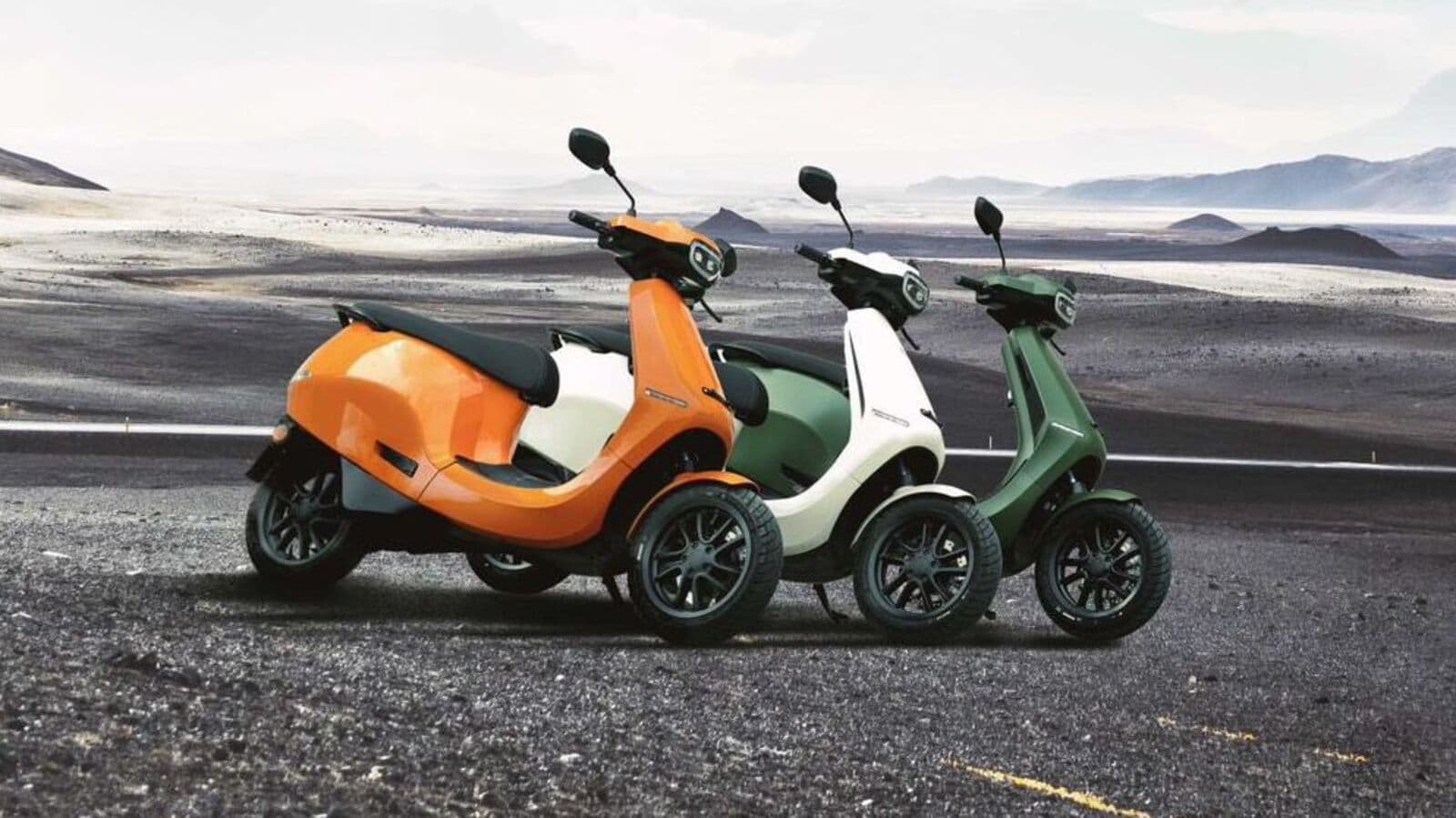Ford has been granted 11 patents for combining drones and vehicles, indicating the automaker’s belief that UAVs could be a useful tool for drivers in the future. The patents cover a range of topics, including drone integration into a vehicle’s moonroof and communication between drones and vehicles, as well as takeoff and landing.
In addition to built-in drone features, Ford is also exploring third-party drone services, such as package delivery to vehicles. For instance, a driver stuck in traffic could pay extra to have items like food, medicine, phone chargers, or even gasoline delivered by drone. The orders could be placed through a phone app or a vehicle’s infotainment system.
See also: Here are the differences between V2L Hyundai Ioniq 5 and V2L on other EVs
Ford is also imagining drones as an advertising tool, similar to a hot dog vendor at a baseball game, displaying advertisements to drivers stuck in traffic via signs or screens showcasing products. The drones could also communicate with drivers through their vehicle infotainment systems, sending messages like “Traffic sucks. Want some food?” according to the patent.
Another patent focuses on the collaboration between drones and vehicles. This opens up numerous possibilities such as the drone acting as a scout, relaying road conditions back to the vehicle to help drivers avoid traffic or prepare for a dark tunnel.
The UAVs could also aid self-driving vehicles in navigation or serve as a guidance tool for visually impaired passengers to reach autonomous vehicles. It could even measure wait times at movie theaters or provide illumination for off-road night drives beyond the reach of an SUV’s headlights.
Ford’s patents also address emergency drone use. One patent describes a vehicle-mounted drone serving as a network bridge to connect the vehicle communication system or a driver’s cell phone to emergency services in remote areas.
See also:Toyota lead in solid-state battery patents, study says
The most recent patent, awarded on January 19, outlines a “kill switch” for the drone, designed to prevent it from getting too close to people or vehicles. Triggers for the kill switch could be a person’s wireless device or connected vehicles sending signals indicating their proximity.
The patent application stated, “Drones are becoming increasingly popular for performing everyday tasks and their technology is constantly improving, with increased capabilities such as lift, navigation, speed, obstacle avoidance, and other operational aspects.”

